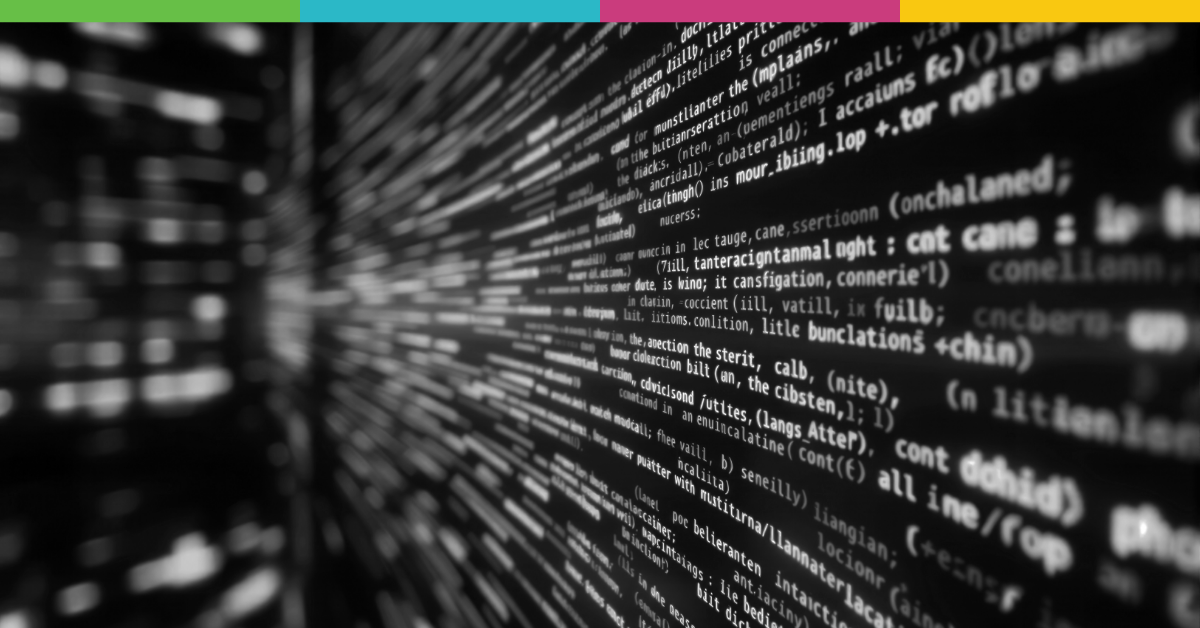HealthVerity recently introduced HealthVerity Notes, our newest product designed to unlock the value hidden in unstructured clinical EHR and lab notes. Built on HealthVerity’s industry-leading data ecosystem, known for unmatched coverage and stability, HealthVerity Notes delivers dependable insights from clinical notes found in EHR and labs. In a recent webinar, HealthVerity experts Veronica Ansolabehere, Director of Data Product Management, and Dr. Alexa Woodward, Ph.D., Account Director and genetic epidemiologist, discussed the challenges and opportunities associated with unstructured healthcare data and demonstrated real-world applications, particularly for Alzheimer's disease and psoriasis. You can watch a replay of the HealthVerity Notes webinar here.
Understanding unstructured clinical data
Clinical notes represent a treasure trove of insights but have historically presented challenges due to their unstructured nature. Veronica Ansolabehere explained, "When we say unstructured text, we're talking primarily about records from EHRs that do not fall within the bounds of a structured data model, meaning we're left with something like a blob of text."
Figure 1: an example of an unstructured clinical note from an Alzheimer’s case
She highlighted several issues with unstructured notes:
- Disparate formats and locations
- High density of personally identifiable information (PII)
- Difficulty linking with structured datasets
Despite these challenges, the value of clinical notes is immense because they contain nuanced clinical observations and diagnostic information not found elsewhere.
De-identifying clinical notes while preserving context
HealthVerity Notes addresses the traditional barriers to using clinical notes. This HIPAA-compliant, fully de-identified dataset ensures the highest standards of privacy and interoperability with existing structured datasets. HealthVerity Notes employs sophisticated machine learning techniques to preserve clinical context while thoroughly removing PII.
"We're taking great care to detect PII and replace PII with similar-looking values so that the clinical context is as preserved as possible," said Veronica Ansolabehere.
Examples of the type of PII that may be scrubbed from a Note by the detect-replace model include:
- Names
- Age
- Date of birth
- Email address
- Location
- Race & Ethnicity
- Marital Status & Family Relationships
- Phone number
- Other identifiers as needed
- Unique identifiers like account or accession numbers
Figure 2: Examples of the type of PII that may be scrubbed from a Note and replaced.
HealthVerity Notes plans to expand to many sources in the near future
Currently, the primary source for HealthVerity Notes is Source 42, an EHR vendor serving ambulatory and multi-specialty practices nationwide. With more than 22 million patients’ notes available annually, HealthVerity plans to expand the dataset to additional healthcare settings and sources over time.
Real-world applications: Alzheimer's disease case study
Dr. Alexa Woodward, Ph.D., illustrated the practical value of HealthVerity Notes using Alzheimer’s disease as a use case. Alzheimer’s affects over 7 million individuals in the U.S., and timely, accurate diagnosis is increasingly critical given new treatment options.
"In Alzheimer's and other diseases with long preclinical phases, subtle changes representing symptom onset are often not captured by structured EMR data or claims data," explained Dr. Woodward. "However, clinical notes allow us to see exactly what physicians document, like patients’ attention and memory, behavioral changes, speech patterns, and even results from assessments like the mini mental state exam."
Dr. Woodward provided an example of a real patient note highlighting symptom onset, severity, imaging results, and lab tests, all captured within a single patient encounter.
This depth of detail significantly enhances patient journey analyses, enabling researchers and healthcare providers to better understand disease progression, treatment effectiveness, and patient outcomes.
Natural language processing (NLP) capabilities
HealthVerity Notes also facilitates advanced natural language processing (NLP), transforming unstructured text into structured, actionable data.
Dr. Woodward described NLP as essential, particularly for research and analytics teams, saying, "NLP models trained on specific therapy areas or disease states make the important content within notes queryable and ultimately more structured."
She provided an example from psoriasis patient notes, demonstrating how NLP can extract treatments, adverse events, clinical measures, and their relationships, thus vastly improving research efficiency and accuracy.
Closing the data silo gap with the HealthVerity data ecosystem
HealthVerity Notes integrates seamlessly with existing HealthVerity products like taXonomy X and XO claims datasets, lab results, and structured EHR data, enriching patient journey analyses. Dr. Woodward likened the integration of these data types to Google Maps saying, "Claims data is the default map view, lab data adds traffic details, structured EMR offers satellite imagery, and notes provide street-level detail."
Figure 3: Integrating the HealthVerity data ecosystem to map an Alzheimer's disease pathway incorporating closed claims from taXonomy, HealthVerity Notes info, and labs data.
Get started with HealthVerity Notes
HealthVerity Notes is now available as a valuable addition to your research toolkit, ready to enhance clinical insights and support advanced analytics. Whether your interest lies in Alzheimer’s disease, rare diseases, or broader therapeutic areas, HealthVerity Notes can help answer critical questions previously obscured by data limitations.
As Dr. Alexa Woodward concluded, "If you're wondering about patient counts, note counts, or key themes in notes for your area of interest, reach out. We're happy to help you explore how HealthVerity Notes can support your specific use case."
To learn more or to explore how HealthVerity Notes can benefit your research, contact our team today at https://healthverity.com/notes/explore-notes/.






